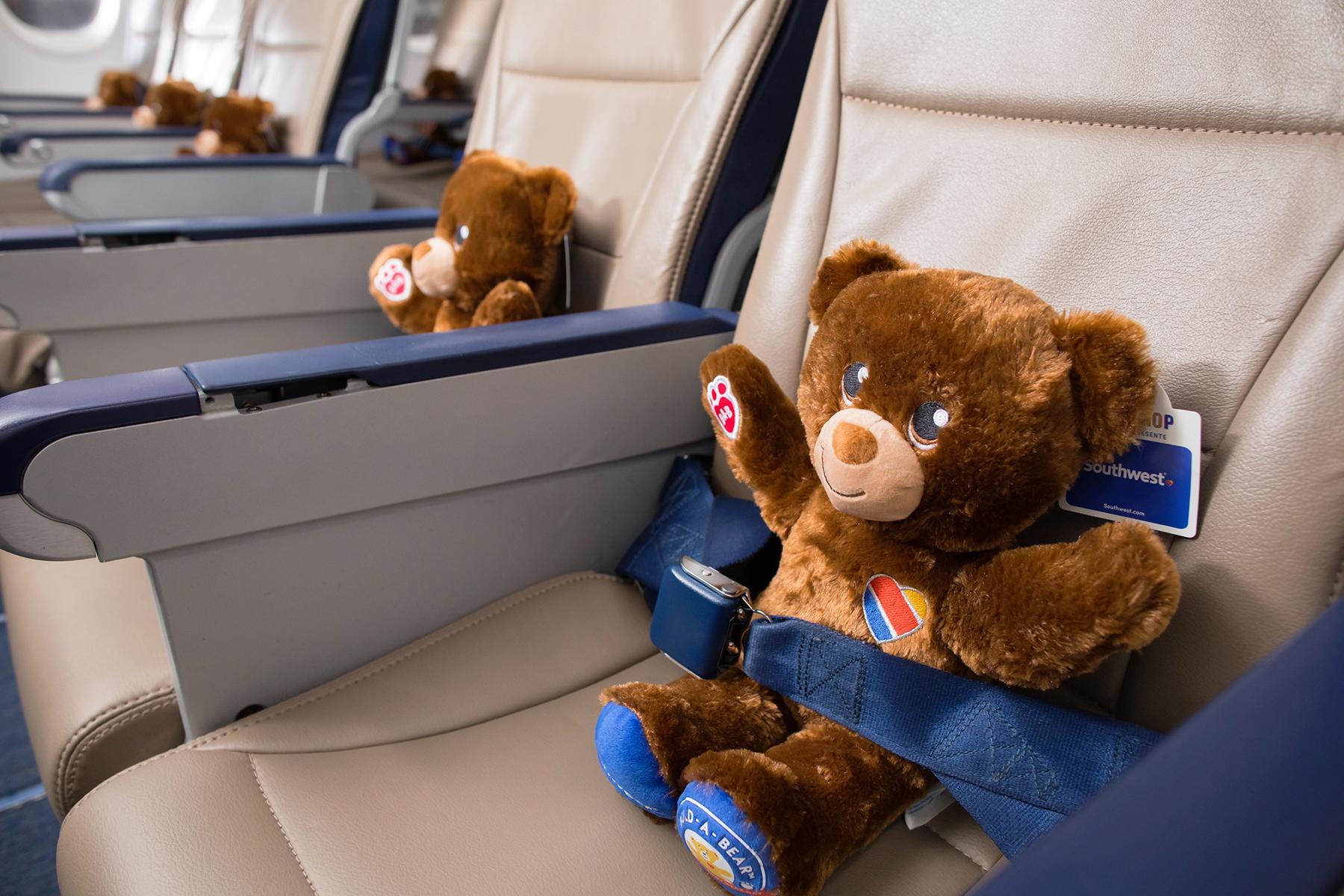Flying can be exhilarating but also be stressful, especially for unseasoned travelers—but what happens when the traveler is flying alone and a minor?
This admission may be surprising coming from a travel writer, but I flew for the first time at 26. I was so nervous that the 12-year-old stranger beside me held my hand during take-off and landing. Her father sat on the other side of her. She’d mentioned that she’d flown about “a million times before” and sometimes alone. It was an exaggeration, but I was impressed at how poised she was, which soothed my anxiety. I often wonder if I’d feel less anxious had I started flying at an early age like most travelers I know.
Years later, I met Jim R. and learned about his family’s experience with an unaccompanied minor service. Jim shares how he and his wife prepared their young daughter, Lucinda, for solo travel. Lucinda, now age 12, has flown alone since she was five. But before getting into their story, let’s learn more about the unaccompanied minor (or young travelers) program.
What Is the Unaccompanied Minor Service?
Flying unaccompanied can be scary at first, but it is also exhilarating. It teaches young people valuable skills like independence, communicating effectively with strangers, and following instructions. These young traveler’s flight services and programs empower children between the ages of 5 and 17 to travel without their parents or legal guardians. For example, Alaska Airlines’ Junior Jet Setters Program helps younger children fly accompanied by an airline employee, while older children can fly without immediate supervision.
Recommended Fodor’s Video
How It Works
First, your child must be between the ages of 5 and 17 years old to fly unaccompanied. For the most part, the child must check in with a parent or guardian upon arrival at the airport. An airline employee will assist with the paperwork. Another employee escorts the party through security and to the gate, ensuring the child gets on the correct flight. After bidding farewell in the departure area, the child will settle beside their designated companion.
The flight crew will ensure their safety and comfort for the duration of the flight. Upon landing, another airline employee will meet the child at the gate to help locate the parent(s) or whoever is picking them up after verifying their identity.
Some airlines, like Virgin Atlantic, have a higher age threshold for flying alone. Previously, the age requirement started at twelve, but in 2022, that mandate increased to fourteen. Southwest’s Young Travelers Program age range is 12 to 14.
What Reasons Would a Parent Send Their Child Unaccompanied on a Plane?
There are many reasons for having a child fly solo, like saving money or the child’s guardians being unable to take time off work, which was the case for Jim R.’s family. Jim and his wife had two options to entertain their five-year-old daughter, Lucinda, for the summer. Unable to take time off work, they could send her to an expensive camp or allow her to spend time with her beloved grandmother.
For them, it was a no-brainer. Lucinda and her grandmother adored and missed each other. The family would save money and avoid being penalized by taking time off work. Plus, their family has lived in several states in the USA and even lived in sunny Brisbane, Australia.
Tips for Preparing Your Child for an Unaccompanied Flight
Jim opines that it is much easier to travel with an infant—they just come along for the ride. With a child that is walking and speaking age, you have to explain changes in a way they can comprehend.
To prepare Lucinda for her first and subsequent trips, her parents recognized younger children perceive time differently than older ones. At first, they limited her screen time and packed toys, games, and puzzles to keep her engaged and busy during the flight. Over the years, it progressed to include some of her favorite movies and shows. To help her understand how long each flight would take, they conceptualized time in a way that made sense to their little one.
“She didn’t have a concept of what five hours were, so we’d tell her it would be ten episodes of her favorite show or ‘you can watch [this movie] twice’,” he continues. “We tried to limit the introduction of the iPad for as long as we could.
During her earlier years of flying, they supplied her with coloring books, reading books, and games. After three flights alone, Lucinda was a savvy and confident traveler. She began to make bolder requests to improve the quality of her travel routine.
“She would say, ‘I want to bring this with me,’ or hand [a flight attendant] the iPad and say, ‘Can you delete these files? I want to watch something new’,” her father recalls.
Not one to make a habit of overpacking, Jim admits that he limits how many bags she travels with. One, it’s cost-effective, and two, excessive luggage won’t impede her mobility. The one exception to the rule is to bring another bag for extra toiletries or shoes.
FAQ About Unaccompanied Minors on Flights
Where Do They Typically Sit?
The most common places are near the bulkhead and bathrooms.
How Much Does It Cost?
The cost varies based on the airline. You will pay the regular fare plus a nominal fee for the service.
What to Do if the Person Picking up the Child Is Late or Never Arrives?
In the last case, if the airline employees cannot contact that individual, they arrange to fly your child back to you.
Will the Attendant Stay With My Child the Entire Time?
Yes, they accompany them throughout the flight. Afterward, another airline employee may release them to the person with permission to pick them up.
What Happens if There Is a Transfer?
Each airline handles these matters differently. Some only allow children to fly unaccompanied on direct flights, while others let older children transfer to connecting flights.



